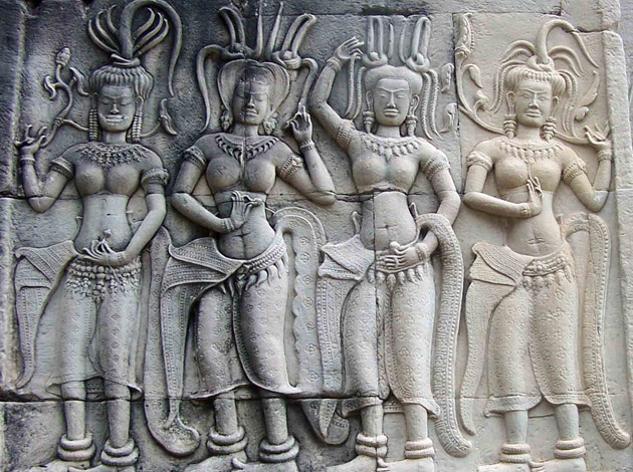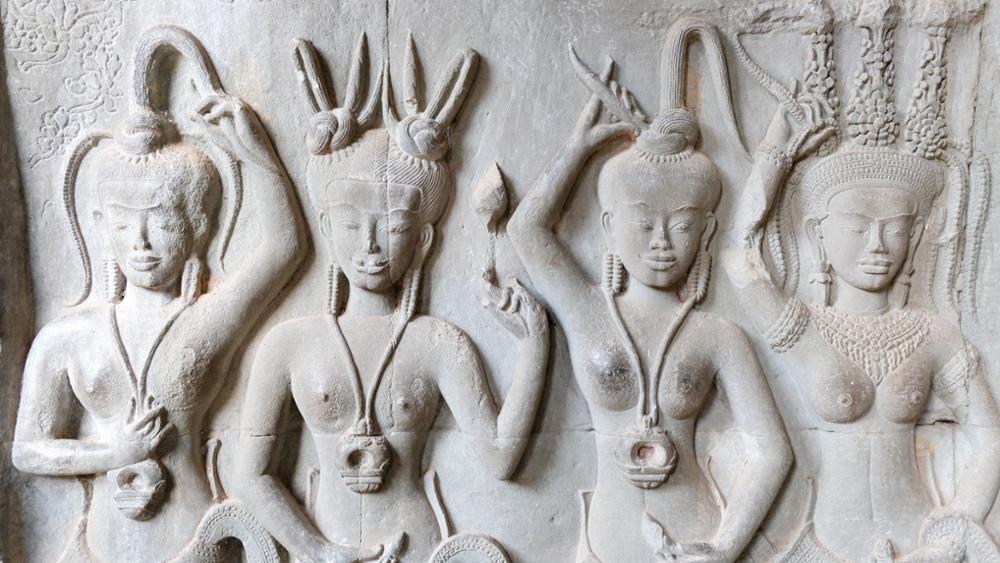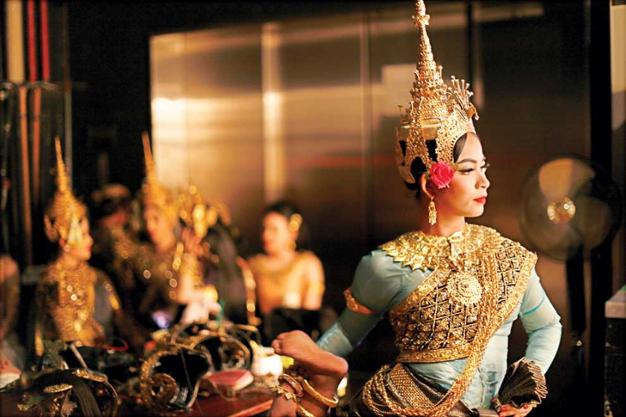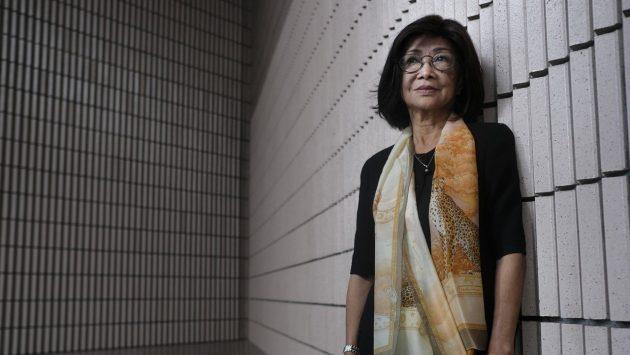Cambodia
A for Apsaras... The celestial dancers of Cambodia
Like other extraordinary creatures, the Apsaras were born from the churning of the ocean of milk, an event from one of the most important and ancient myths of Hindu cosmology.
From myth to reality…

(Frozen in stone at Angkor Wat, they were once alive in the Imperial and Sacred City…)
Arriving from India 1,500 years ago, "Those who glide on the water," in Sanskrit, are described by legend as nymphs of great beauty, emerging from the waters to seduce men. Their graceful silhouettes became part of Khmer architecture at a time when Angkor was an imperial capital, and frozen in the stone bas-reliefs of Angkor Wat, some of them continue to charm visitors to this day…
The Angkorian civilization knew countless Apsaras who were very much alive, as hundreds, if not thousands, of young girls, chosen for their beauty, were trained in this art to become the messengers of the kings to the gods and ancestors. Evolving over the centuries, their discipline became classical Khmer dance, and in 2008, was inscribed by UNESCO as an intangible cultural heritage of humanity.
From love to hate…

(*) Bopha Devi, First Dancer at 15 / Royal Archives of Cambodia..)
Apsara dances are known for expressing all the ranges of human emotions and include over 4,000 positions to memorize. Nine to twelve years of rigorous training are necessary before a young girl can be considered a "Celestial Dancer."
In 1942, the young King Norodom Sihanouk married the star dancer of the Royal Ballet of Cambodia, Neak Moneang Phat Kanhol, and from this union, Princess Norodom Bopha Devi was born the following year. The child was chosen from the very beginning of her life by her paternal grandmother, Queen-Mother Sisowath Kossamak, to become an exceptional dancer. Appointed as the first dancer at the age of fifteen, the young girl was given the title of prima ballerina three years later. She then traveled the world with the Royal Ballet, which had previously only performed for royalty during ceremonies to honor the gods and the dynastic ancestors.
However, the very special condition of these dancers did not protect them from the atrocities of the Khmer Rouge regime. From 1975 to 1979, one-third of the country’s population, primarily artists, Buddhist monks, and intellectuals, were eliminated.
Returning to fife and building a future…

(Chap Chamroeun Tola, Prima Ballerina of the Royal Ballet of Cambodia / Phnom Penh Post)
In Phnom Penh, in the early 1980s, the University of Fine Arts of Cambodia, as drained and devastated as all the institutions in the country, was nevertheless brought back to life, and with the help of a few rare survivors from previous generations, it reopened its doors to new students. Twelve more years were needed before the Royal Ballet of Cambodia was reborn, particularly thanks to the tireless work of Princess Bopha Devi.

(**) Princess Norodom Bopha Devi (Photo by James Wendlinger, Hong Kong 2017)
Princess Norodom Bopha Devi, who sought refuge in Paris to escape the genocide, served as Minister of Culture from 1998 to 2004. The first dancer at the age of fifteen (*), she continues to closely follow the Apsaras of the Royal Ballet of Cambodia (**) and will likely forever symbolize the entry of a millennia-old art into the 21st century and posterity…
An interview with Princess Norodom Bopha Devi and other members of the Royal Ballet of Cambodia during a tour in Hong Kong can be found, like the last photo, in an article (in English) from the Post Magazine of September 2017.
On this blog, you can also find the story of the fabulous destiny of another princess of the Khmer kingdom, who became Her Majesty the Queen Mother of Cambodia.

